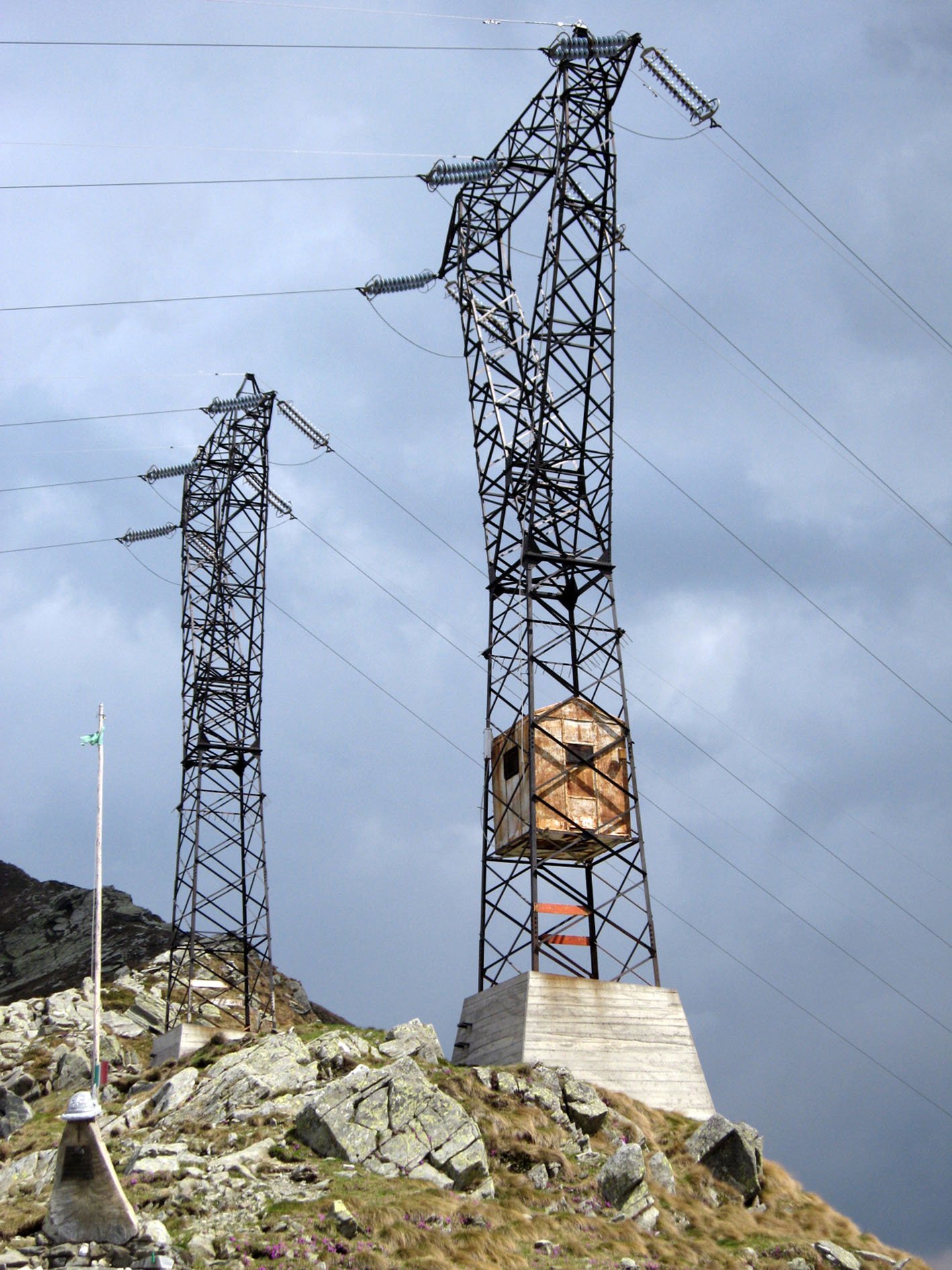By: Chris Melton
This week's lecture focused on the topic of 'Complementary Architecture,' the idea of two seemingly separate pieces of architecture working together to create a cohesive piece. How this can be accomplished was put best by architect Cedric Price with a sketch. This sketch illustrated that Complementary Architecture is formed through six methods, which are Reduction, Addition, Connection, Demolition, Expansion, and Insertion. This also led into the meat of our lecture, that being Parasitical Architecture, a type of complementary architecture where one 'half' of the project is often in stark contrast with its partner, but can only function in that exact situation. From here on I would like to discuss this concept of parasites in architecture by analyzing a few works using Price's six rules on crafting complementary architecture.
The first example that I would like to take a look at is called 'House Attack' by Ervin Wurm in Vienna. This is a perfect first example to examine when discussing parasitical architecture. As shown below left, the two 'halves' of the project are very dissimilar, in all of texture, style, and even orientation. This project obviously uses addition in the sense of literally adding the house onto the corner of the museum, but I think that addition also creates a connection with the viewer. Upon seeing this literally upside down house, viewers want to know if they can access it, and that creates an interesting drive in the viewer that instantly connects them with the project. So in that sense, I believe this project works as a piece of parasitical architecture, unlike the next example.
Next, I would like to bring a project titled 'Precarious Home' by Giancarlo Norese into discussion. This project, as I stated before, I do not think functions as a piece of parasitical architecture. Mainly in the sense in that I don't believe it is composed of two pieces of architecture. As shown above right, this project is more like a combination of architecture and engineering. The dangerous electric tower that surrounds the home is in no way architecture, as it has no push for style, form, or function in any way, it is purely a piece of engineering. While Norese did use Price's rule of insertion to literally insert a house into the electric tower, I don't think that that alone is enough to call this project parasitical. The house isn't contrasting with another piece of architecture for a common or new goal, it is merely in a very bad location. So while 'Precarious Home' is an interesting work, in my opinion it is not parasitical architecture.
Lastly, I would like to look at a work in Rotterdam, Netherlands by MVRDV called the 'Didden Village.' This project, in its essence is a rooftop addition of a hotel that was added to lodge a single family, two small-connected houses for the children, and one larger house for the adults. Shown in the picture/diagram above, one can clearly see how the distinguish the function of this house, as well as some of the rules that Price discussed. Clearly, the addition of these houses to the roof of the main building created an expansion of both form and function for the hotel. These in turn created an interesting connection between the roof and the ground, as seen before in 'House Attack.' While it is good that we can analyze this project with Price's rules, the more important aspect of parasitical architecture that this project does very well is the balance between the existing building and the addition. Both very different in styles in both form and color, the extension didn't try to mimic the past, it merely added to what was existing in a new way, which to me is the essence of parasitical architecture.



No comments:
Post a Comment